WHAT IS AKIRA?
Is an animated film directed by Katsuhiro Otomo released on July 16th, 1988 in Japan.
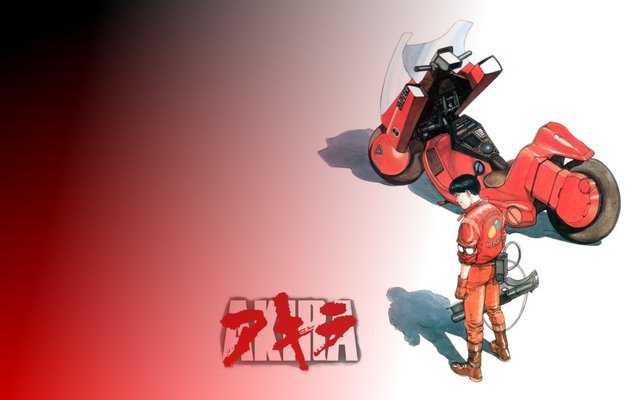
Akira has received a great recognition as a cult film and one of the best animated films and science fiction of all time. It is also part of AFI's 10 Top 10 in the category of animation, occupying the second place. The realization of the film is a milestone in the history of cinema, being the most expensive production in history at the time.
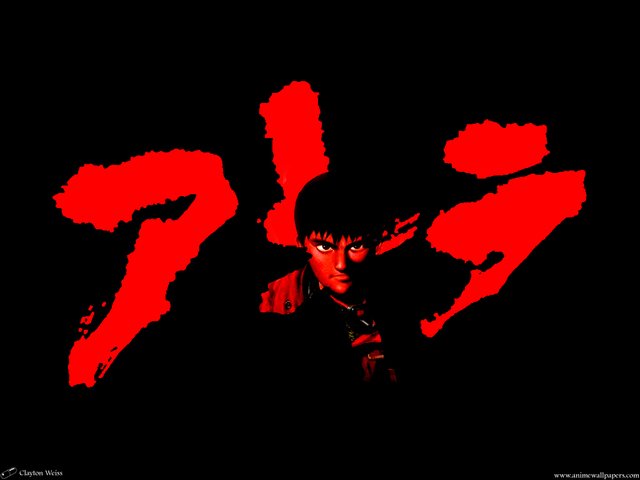
The movie is an adaptation of the homonymous manga created by Otomo himself and co-written with the help of Izo Hashimoto, the design of characters and the setting of the film were adapted from the original manga, while the plot is a restructuring of events that differs from the printed version because it was still in the process of being published.
The manga was released on 1984 in Japan, being a resounding success from the beginning.
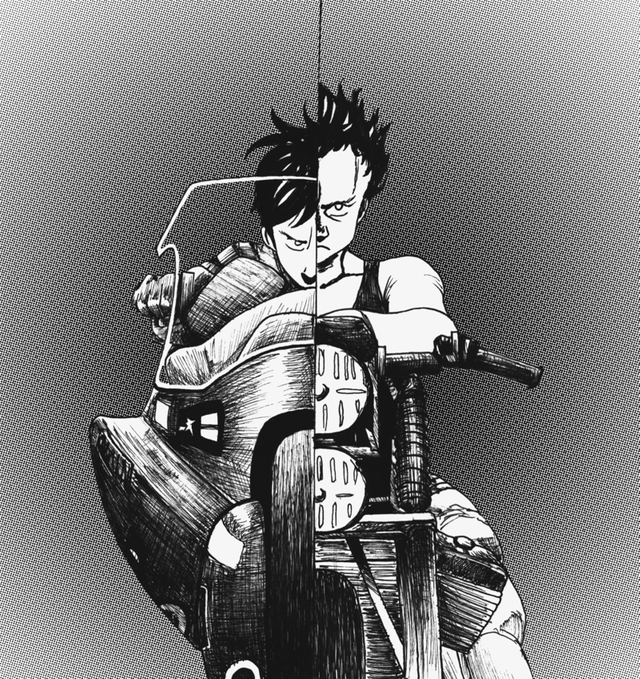
HISTORICAL IMPACT AND MAGNITUDE
However, what was really important and iconic was that the volumes became pioneers exporting that part of Japanese culture in the West. Marvel Comics obtained the rights for its publication in the United States and Europe and the result was a tremendous impact, an extensive work that popularized the narrative of a country until then outside the American circuit.
So much so, that after time and after the reissue in 6 volumes in black and white (like the original), Akira would take the Eisner Prize in 2002 for foreign work.
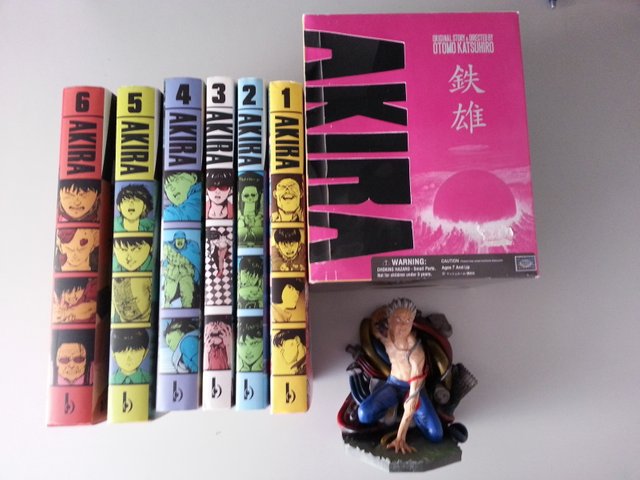
The film breaks box office records in what animation is concerned, with a total of more than six billion yen, and prepares a world unveiling that is memorable guess. In Europe it is greeted with euphoria, shaking up the perception of the anime and inaugurating a new era for Japanese productions.
Also, it comprises 2,212 plans, which make up a total of 160,000 drawings, with a palette of 327 colors. That means a ratio between two and three times higher than that of any other animation work to date.
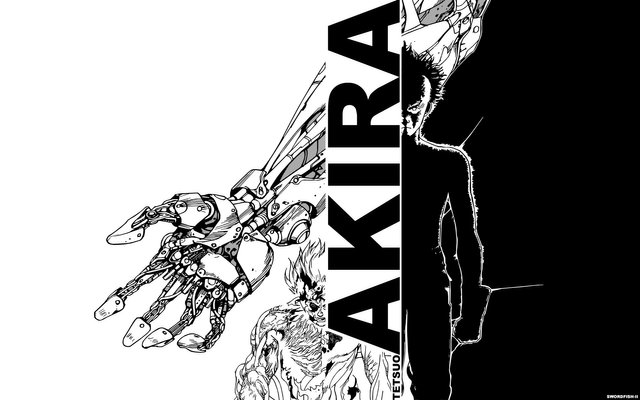
Now that Japanese culture is so well known, it is hard to imagine but before the world premiere of Akira in 1989, Japan and its art, food and entertainment was a mystery to most of the West. So much so that when Stephen Spielberg and George Lucas were offered the opportunity to take Akira to the United States, they rejected it saying:
"it was not suitable for the audience"
Which is strange because the writer and director of the film, Katsuhiro Otomo, was inspired by the popular of the classic and contemporary Western cinema of that time. Thematically, several aspects of the film remind us of Rebel Without a Cause, Videodrome by David Cronenberg, Blade Runner by Ridley Scott and Space Odyssey 2001 by Stanley Kubrick. It even makes strong references to E.T. and Star Wars by Spielberg and Lucas, respectively.
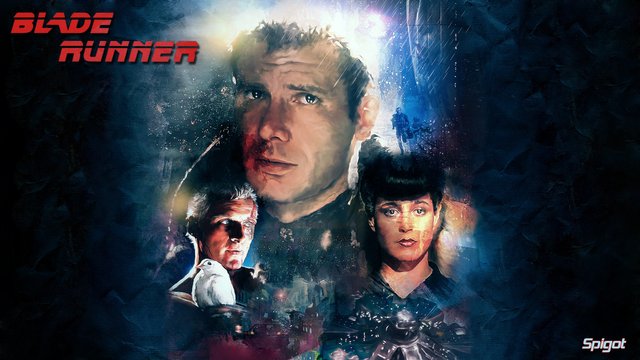
Akira's combination of dystopian cyberpunk, juvenile alienation, science-based philosophy and visual ostentatiousness was already an essential part of the science fiction genre in the 1980s and its appeal became evident when it raised $ 49 million in all of the world after its premiere on billboards. Back then, that was a lot of money for a movie.
The budget for the film was so high that it was necessary to bring several companies together to make it, the called "Akira Committee", which was made up of the largest entertainment companies in Japan, and which collaborated in the financing of a budget of more than one billion yen (almost 10 million dollars), 30 years ago, in the case of the most expensive work ever made in Japan until that date.
It was the first that the western public was massively exposed to Japanese culture and had a great impact:
the influence of the film is still evident everywhere.
In film and television, you see how it helped to shape science fiction as we know it. Films such as Midnight Special, Chronicle and Inception borrow Akira's thematic and aesthetic elements. Even two of those three films have a child with destructive telekinetic powers as one of the most important points of the plot. Another film inspired by Akira was Looper, whose director Rian Johnson said recently in Reddit AMA:
"My range of influences goes from Terminator to Akira"
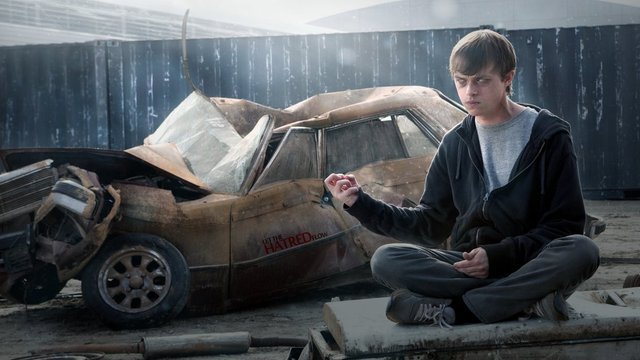
It is obvious how much the film has influenced Western culture since its premiere 28 years ago. It was the first Japanese film that came to the West without being acclaimed or criticized. It opened the doors for the public to accept the anime and the whole Japanese culture , because Naruto, Bleach, DBZ , Yu-Gi-Oh! and all those anime who came to America would not have received the reception that they had if it was not by Akira.
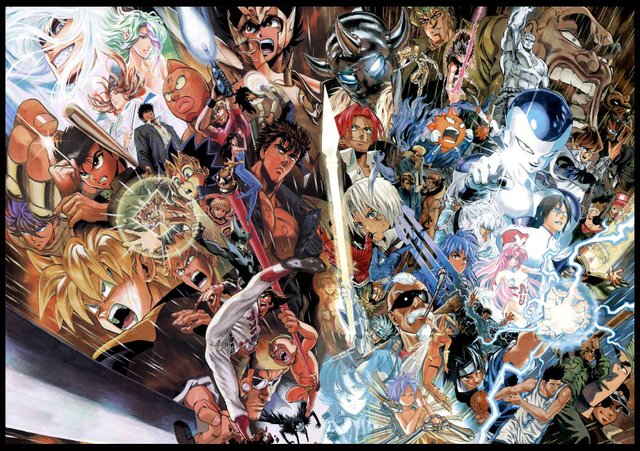
Akira is a work that contains a high touch of dystopia, a world worthy of Philip K. Dick, devastated, gray and sad, but also talks about the situation in Japan after the end of World War II, the gangs of young bikers that remember Mad Max and the madness for a future attack that could destroy everything.
Bamboo Dong from Anime News Network praises the limited edition DVD for its
"magnificently translated" English subtitles
And the commendable English dub, which
"stays very close to the English translation, and the voice actors deliver their lines with emotion "
Raphael See from THEM Anime applauds the
"amazing special effects and sharp crisp animation"
Chris Beveridge comments on Japanese audio, which makes
"the advanced stage sound good when required. well positioned, with several key moments of directionality used to perfection"
Janet Maslin of The New York Times praises Otomo's artwork, stating that
"The Neo-Tokyo drawings at night are so detailed that all the the individual windows of the huge skyscrapers look different, and these night scenes shine with subtle and vibrant colors"
Richard Harrison, of The Washington Post, comments on the rhythm of the movie cula and states that the author
"has condensed the narrative expansion of comics to provide consistency, although there is some incompleteness of history"
Variety praises the
"imaginative and detailed design of tomorrow's film with Dolby effects on the soundtrack boom," but criticizes the "slight rigidity in the human movement's drawing"
Kim Newman, of Empire, praises the
" Bright animated visual effects from the film, and not one, not one, a computer-assisted shot in sight "
Phelim O'Neill of The Guardian draws a parallel on Akira's influence on the sci-fi genre with Blade Runner and 2001: A Space Odyssey by Stanley Kubrick. Dave Kehr of the Chicago Tribune praises Otomo's
"excellent specific animation ideas: vehicles leave small traces of color as they roar at night, and there are a series of dream sequences who make good use of the medium's ability to confuse the scale and distort perspective "
Helen McCarthy at 500 Essential Anime Movies states that anime
"Is still fresh and exciting, that it holds up easily in front of The products of two decades of massive technical advances"
Meanwhile, in February 2004, Dan Persons of Cinefantastique listed the film as one of the 10 essential animations , simply referring to the film as
" the film that changed everything "
Surely, it is more important the feeling of criticism that the author transmits to the United States in the outcome and how Japan was after the war.
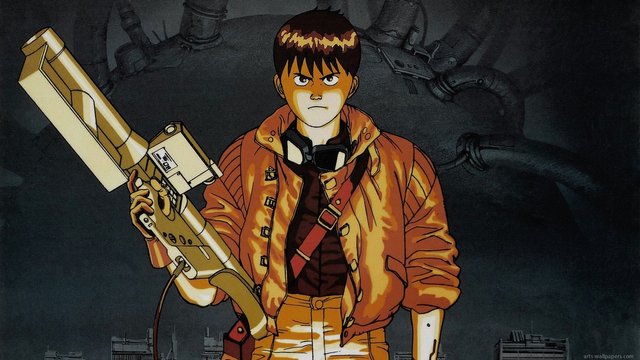
But, what's Akira about? as I said the Manga ends 2 years after the movie were released so there are 2 ends, the one from the manga and the one from the movie
If you haven't seen or read AKIRA yet, don't read from this point, yeah this is a SPOILER ALERT
MOVIE PLOT
On July 1988, a massive ball of light envelops Tokyo, triggering a thermonuclear World War III. Many years later, Neo-Tokyo rises from the ashes of Tokyo, but has been plagued by numerous crime waves and government corruption. One night, during anti-government protests, a biker named Kaneda leads his vigilante bosozoku gang, the Capsules, on a hunt for their rivals, the Clowns. During this mission, one of the Capsules, Tetsuo, accidentally crashes his motorcycle into Takashi, a psychic esper who has been abducted from a secret government facility by a resistance organization, The Colonel Shikishima, accompanied by another esper, Masaru, returns Takashi to the facility and captures Tetsuo for experimentation.

Later, as Kaneda and his gang are interviewed by the police, he spots Kei, an activist belonging to the resistance movement, and tricks the authorities into releasing her, taking an interest in her. Shikishima and Doctor Onishi discover that Tetsuo possesses powerful psychic abilities similar to Akira, the esper responsible for Tokyo's destruction. Meanwhile, Takashi's fellow esper, Kiyoko, reveals Neo-Tokyo's impending destruction to Shikishima, who considers executing Tetsuo as Neo-Tokyo's parliament dismisses his concerns and request for funding. Escaping from the hospital, Tetsuo steals Kaneda's motorcycle accompanied by his girlfriend, Kaori, but the Clowns ambush them before the Capsules intervene.

As the Capsules apprehend them, Tetsuo suddenly begins to suffer violent headaches and hallucinations during the attack, and is again captured by Shikishima and hospitalized. Seeking answers about what has happened to his friend, Kaneda rescues Kei and joins the rebels after overhearing their plan to abduct Tetsuo. At the hospital, the espers unsuccessfully attempt to confront Tetsuo, and he battles them with his newfound psychokinetic powers, slaughtering a number of armed guards in his wake. Kaneda, Kei, and Shikishima converge on the espers' quarters to confront Tetsuo, as his powers grow more unstable and his egomania escalates.
He overpowers them and escapes after learning from Kiyoko that he can gain help from Akira, located in cryonic storage beneath the Olympic Stadium's construction site. Using Kei as a medium, Kiyoko helps her and Kaneda escape, while Shikishima stages a putsch against the corrupt parliament and declares a manhunt for Tetsuo, who later ambushes two of the Capsules, Yamagata (whom he kills) and Kai. Tetsuo travels through Neo-Tokyo, wiping out Shikishima's forces, and eventually arriving at Akira's cryogenic storage in the stadium. Kiyoko has Kei fight Tetsuo, but he easily overpowers her and exhumes Akira's remains: dissected and preserved for future studies. Using a laser rifle, Kaneda confronts Tetsuo in a duel; meanwhile, Shikishima fires an orbital weapon at him, but succeeds only in severing his right arm. After Tetsuo destroys the satellite in return, he psychically builds a prosthetic arm as a replacement.
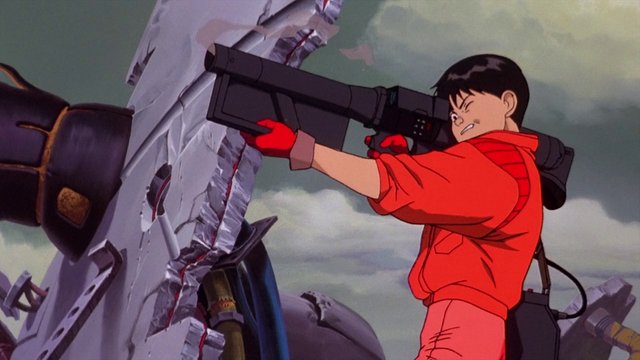
Shikishima and Kaori separately approach the stadium, where Tetsuo is in immense pain. Shikishima offers Tetsuo the espers' drugs to control his abilities, while Kaori attempts to restrain Tetsuo. However, Kaneda arrives and duels with Tetsuo yet again. Losing control of his powers, Tetsuo mutates into a gigantic, amorphous mass, consuming his surroundings.
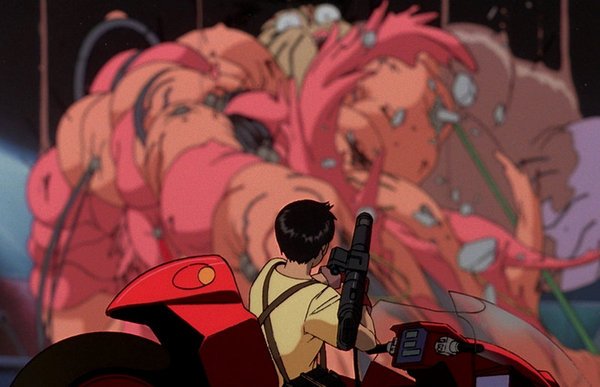
As the mass continues to grow, engulfing Kaneda and killing Kaori, the espers eventually awaken Akira. After reuniting with his friends, Akira creates a singularity that draws Tetsuo and Kaneda into another dimension. The espers teleport Shikishima to a safe distance as the singularity expands, destroying Neo-Tokyo completely in a repeat of Tokyo's prior destruction. The espers agree to combine their powers to rescue Kaneda, knowing they will not be able to return to this dimension.
In the singularity, Kaneda experiences Tetsuo's and the espers' childhood, seeing how much Tetsuo trusted Kaneda and how the children were trained and altered before Tokyo's destruction. The espers appear and return Kaneda to his world, informing him that Akira will take Tetsuo to safety and that Kei is developing psychic powers. The singularity suddenly disappears and water from Tokyo Bay floods the city's remains. In the aftermath, Kaneda discovers that Kei and Kai have survived, and they drive off into the ruins, while Shikishima watches the sun rise over the new landscape. Finally in control of his powers, Tetsuo triggers a big bang to create an alternate universe.
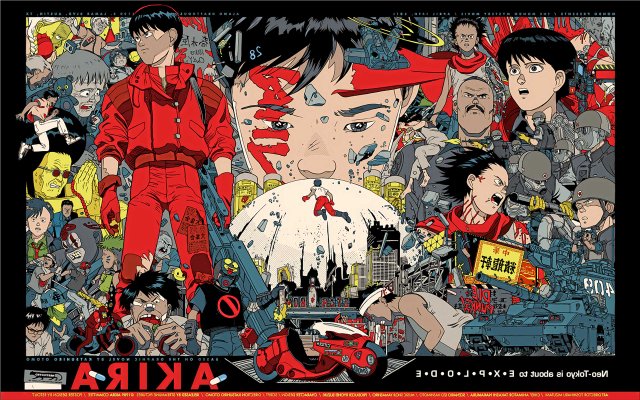
And... If you want the manga plot, do you a favor and go read it, because it's a master piece and obviously it's different in some ways compared to the movie.
FUN FACTS
- AKIRA was created in 24 fps, is mostly animated on 1s, and totals 160,000+ animation cels.
- AKIRA was the first anime film to use pre-scoring and to have fully detailed Japanese lip-sync.
- Many acrylic-based colors have been invented for this movie, most notably a shade of red later termed "Akirared"
- The film sparked the modern anime fan following outside of Japan in the early 90's.
- It also greatly influenced Hollywood with The Matrix, the Star Wars prequels, and Stranger Things calling inspiration to the film.
- Kanye West, as he claims to be a fan of the film, heavily referenced the film in his music video "Stronger".
- Otomo, after finishing the film, had the difficult task of fitting the puzzle with the conclusion of the manga. At the end and in the words of the artist, the inspiration for the outcome of the manga would be given by Alejandro Jodorowsky, after a talk between the two.
- If there is a work that inspired Otomo to develop Akira, that was undoubtedly Tetsujin 28-go (Iron Man 28 in many countries), a manga from the late 50's that went to anime a few years later. Such is the case, that Otomo called the characters of Akira as those of the work to which he pays homage.
- The soundtrack of the film is provided by the scientist (and musician) Tsutomu Ohashi.
- Otomo would comment after finishing the film that had more than 2,000 pages of notebooks with ideas and designs of the characters for the film, although the final script reduced the same to 700 pages.
- In 1988 the first video game based on Akira (by Taito), a work launched for the extinct Famicom and exclusive in Japan, was released. There were several projects in development for Super Nintendo, Sega Genesis and Sega CD that were finally canceled.
- Kaneda's bike is one of the more iconic objects in the film and a lot of fans still dreaming to have one , but even if is an anime, there are replicas, and they're totally real

IN CONCLUSION
Katsuhiro Otomo does not believe the typical heroic characters and the Manichean villains of whom we have to renege; What's more, Kaneda at first is a character who, despite being a young rebel, can not fall well: he is childish, unpleasant, selfish, boorish
Tetsuo has always been a potential monster, waiting for power and the drug to do what that he wants
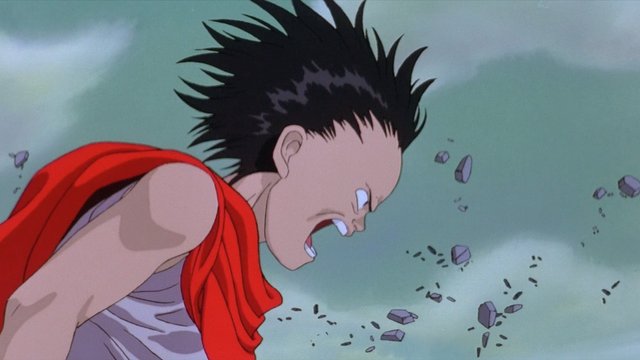
And about Kei and his group do not stop being terrorists, like the own state cemented in the power of the Colonel and his army. Perhaps, the characters that show more facets are Tetsuo, the Colonel and Kei herself, compared to Kaneda who, more or less, is always the same kid.
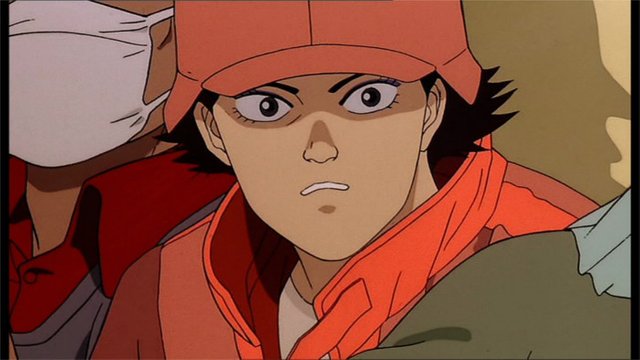
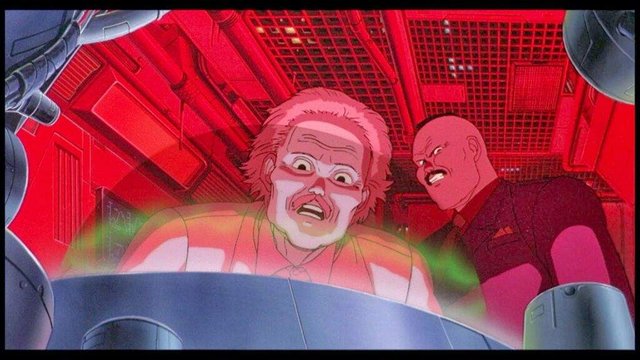
Many people consider the Akira of Katsuhiro Ōtomo as the manga equivalent to Watchmen in the genre of superheroes, however, the work includes many peculiarities of its own and, perhaps, the most in what they resemble, apart from its form of meditate on power and consequences, is in its impact and influence for generations to come.
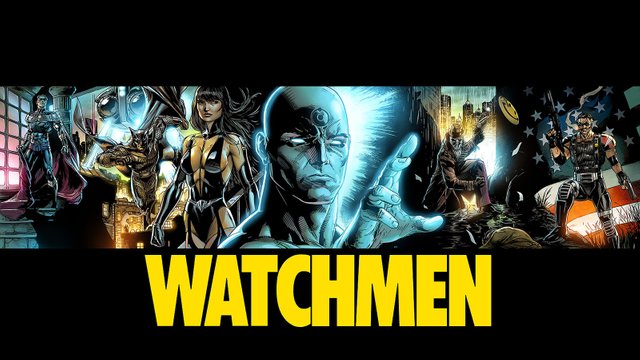
Although it has a lot of "Japanese shonen", for those who have never approached the genre, they can see similarities with stories of superheroes, although more humanized and dystopian. In the end, the rupture of the friendship between Kaneda and Tetsuo is similar to the birth of a hero and a villain, although soon the work opts for the apocalypse and its consequences, a fascinating subject as readers of The Stand by Stephen King well know.
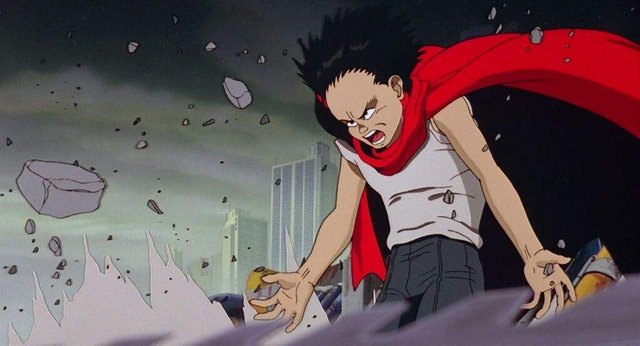
However, Akira changed everything...
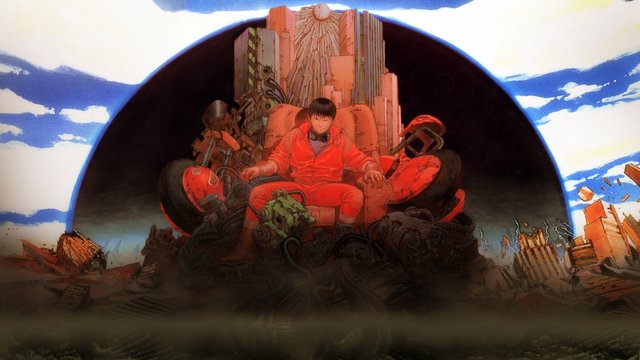
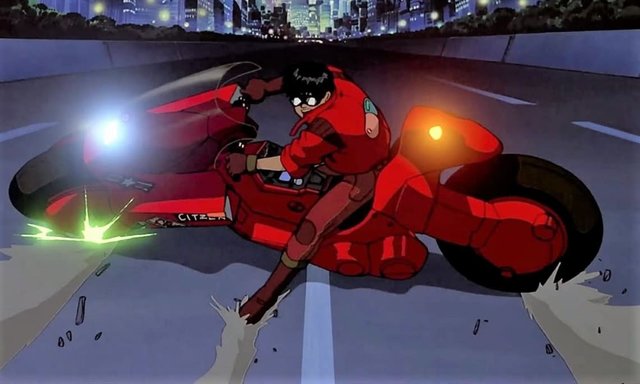
Dude, great write up about anime! Please, write more and more about otaku stuff!
Warm regards from Indonesia.
Downvoting a post can decrease pending rewards and make it less visible. Common reasons:
Submit
Thanks a lot! I'm choosing right now which one could be the next time, warm regards and thanks for read c:
Downvoting a post can decrease pending rewards and make it less visible. Common reasons:
Submit